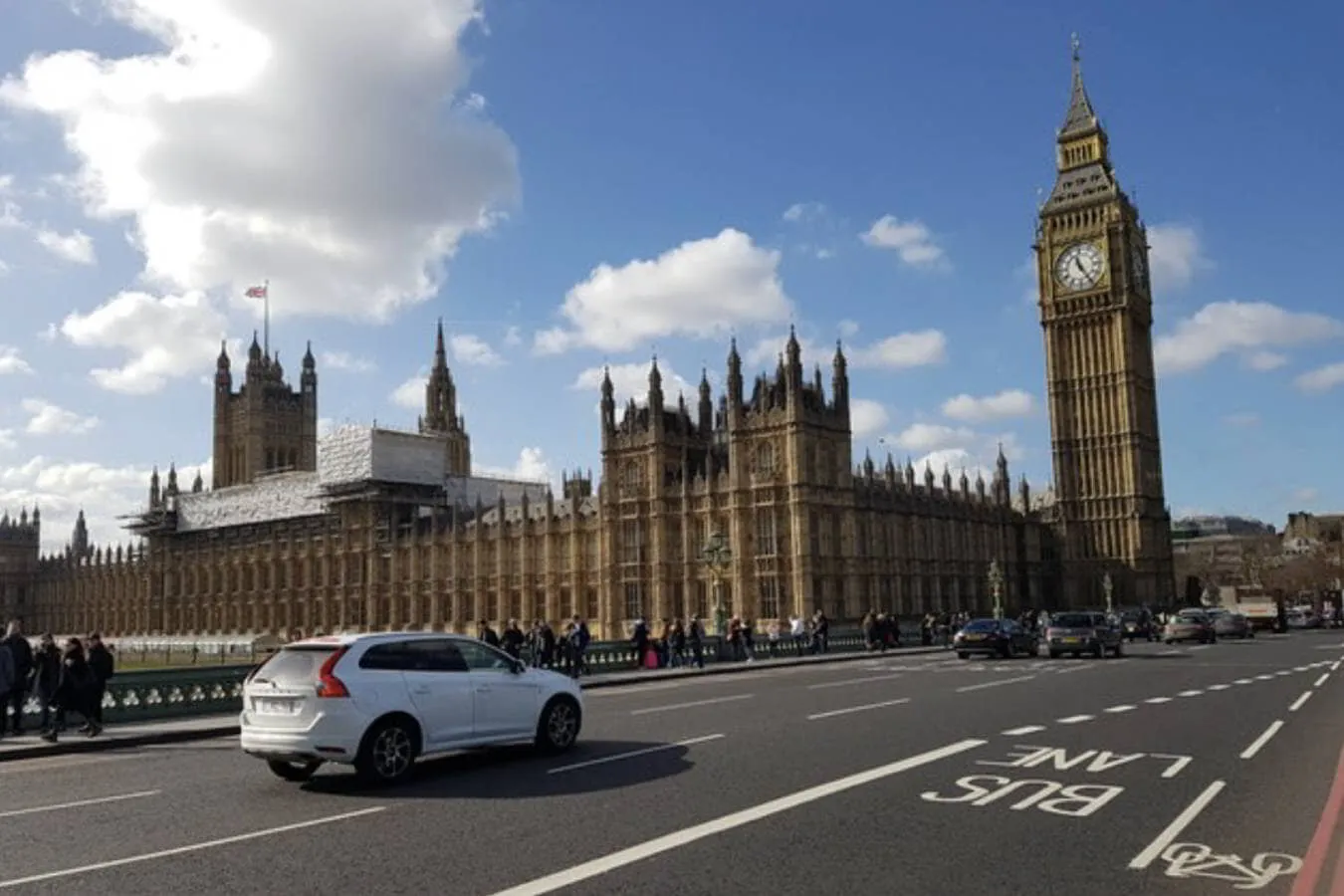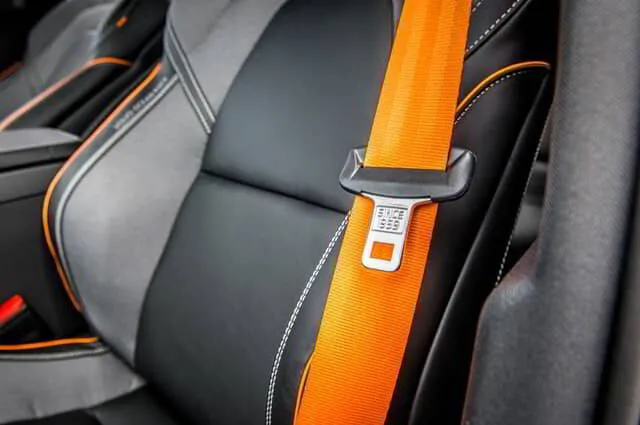Whether you’re a motorist, cyclist or pedestrian - you need to be aware of the new highway code rules and the charges you might face for possible violations.
The Highway Code underwent a revision which took effect on 29th January 2022, because of the need to protect vulnerable road users. Following parliamentary approval, there are several significant changes to the Highway Code. Here is a list of the changes that you need to be updated about:
Hierarchy of Road Users
First, let's look at the alterations from a driver's perspective. Out of all the new changes made to the Highway Code, the hierarchy of road users is the most vital of them all.
This concept under Rule H1 ranks road users according to risk in case of a collision. Road users at most risk are put at the top of the hierarchy. This new rule puts more responsibility on drivers of larger vehicles like buses and lorries to look after more vulnerable road users.
Simply put, this new Code places more responsibility on road users with the potential to do the most harm to others.
The hierarchy ranks road users from the most to the least vulnerable, like so:
- Pedestrians - children, older adults, and disabled people being more at risk
- Drivers of horse carriages, riders, and cyclists
- HGV Drivers, drivers of buses, vans/mini buses, cars/taxis, and motorcycles
Pedestrian Priority
After the revisions took effect in January 2022, pedestrians waiting to get across a junction or a crossing should be given priority.
Before, drivers had priority to get across a junction unless the other road user was halfway through or had started crossing. Now, drivers turning at a junction are required to give more vulnerable road users such as pedestrians, cyclists, horse riders, or scooters a right of way when they are ready or preparing to cross.
Rule H2 dictates that drivers:
- Must let a pedestrian(s) who has started crossing through
- Should let a pedestrian waiting to cross through
Despite drivers having more responsibility, pedestrians are responsible for crossing safely where drivers can see them.
Safe Overtaking Distances
When passing a cyclist, motorists should allow at least a 1.5-metre distance when driving at speeds of up to 30mph. When driving at higher speeds, drivers should allow at least 2 metres of space.
Motorists are advised to reduce their speeds to under ten mph and leave at least 2 metres of space when overtaking horse carriages and horse riders.
Drivers are also advised to allow at least 2 metres of space when overtaking a pedestrian walking on the road.
Road users are advised to increase these guide distances at night and during bad weather. If you cannot overtake other road users using the quoted guide distances, you are advised to wait until it is safe.
Cutting Across Cyclists
Previously, drivers were not explicitly required to treat cyclists like motor vehicles. They had to rely on implicit guidance when turning at junctions or changing lanes.
The new rules advise motorists against turning in a manner that forces them to cut through cyclists' and horse riders' right of way. This includes when drivers change direction or lanes or turn out or into a junction.
This new rule explicitly asks motorists to treat cyclists like other motor vehicles. It comes into effect when the cyclist is riding ahead on the road, using a cycle track or a cycle lane.
Additionally, motorists should avoid turning at a junction if it would force a cyclist or horse to stop or swerve to avoid a collision.
Cyclist Positioning On The Road
Previously, cyclists were mandated to wear visible clothing, helmets, and brake lights at night. They were also required to keep left and not get too close to the vehicle they intended to overtake.
The new rule details what is considered 'too close.' Rule 72 is new for 2022 and advises cyclists about their position on the road. Depending on the driving conditions, cyclists should adopt these two basic positions:
- Cyclists are expected to ride in the centre of their lane when approaching junctions, on quieter roads, and in slow-moving traffic to make for safer overtaking opportunities.
- They are required to ride at least 50 centimetres or more from the kerb. Also, they should let fast-moving vehicles overtake where it is safe.
'The hierarchy of road users has also influenced changes to Rule 140, which now asks motorists to:
- let any cyclists on a cycle lane through, including when they approach from behind.
- do not cut across cyclists when switching lanes or turning.
Use of Hand-held Devices
Motorists have been banned from calling or texting on mobile phones since December 2003. But the Highway Code did not mention anything about doing other things with your phone.
The new changes fixed that loophole. The new Highway Code rules prohibit drivers from using hand-held devices for anything, even when the vehicle is not moving. This includes playing games, scrolling through playlists, or taking pictures or videos.
Motorists who use mobile phones for satellite navigation, hands-free calls, and at payment booths or tolls will have to fix the devices securely.
This update is well overdue, with distracted driving being a major cause of collisions.
Minor Motoring Infringements Now More Punishable
Previously, Rule 174 of the Highway Code categorically asked motorists NOT to enter yellow hatched lines that create a box junction unless the exit is clear.
Other poor driving decisions include making cheeky U-turns in prohibited areas, driving the wrong way up a road or street, refusing to give way to oncoming traffic, and entering Advanced Stopping Lines (ASLs).
In the past, only the police could correct these minor motoring infringements. But the latest revision of the Highway Code has given local authorities more power. For instance, they can now fine motorists for such minor traffic offences.
Exiting the Vehicle
Previously, drivers could exit their vehicle however they pleased as long as they checked their mirrors and over their shoulders for oncoming traffic.
In a bid to reduce the number of cyclists hit by swinging car doors, the new rules advocate using the 'Dutch Reach' method to exit vehicles. This method involves using the hand furthest from the door to open it. The 'Dutch Reach' prompts car occupants to swivel their bodies and look over their shoulders, making them more mindful and aware of passing cyclists.
Final Thoughts
Since the rules in the highway code are advisory, road users cannot face prosecution for not complying with them. They can only be fined. But, in the event of an accident, the Road Traffic Act states that investigators can use The Highway Code to determine liability in court.
If you are found liable for an accident because of violating the new highway code rules, you may face charges in court. In this case, get expert legal advice as soon as possible, to make sure you avoid potential problems instead of fixing them later. Call me at 0151 601 3743 and get a free initial consultation.



